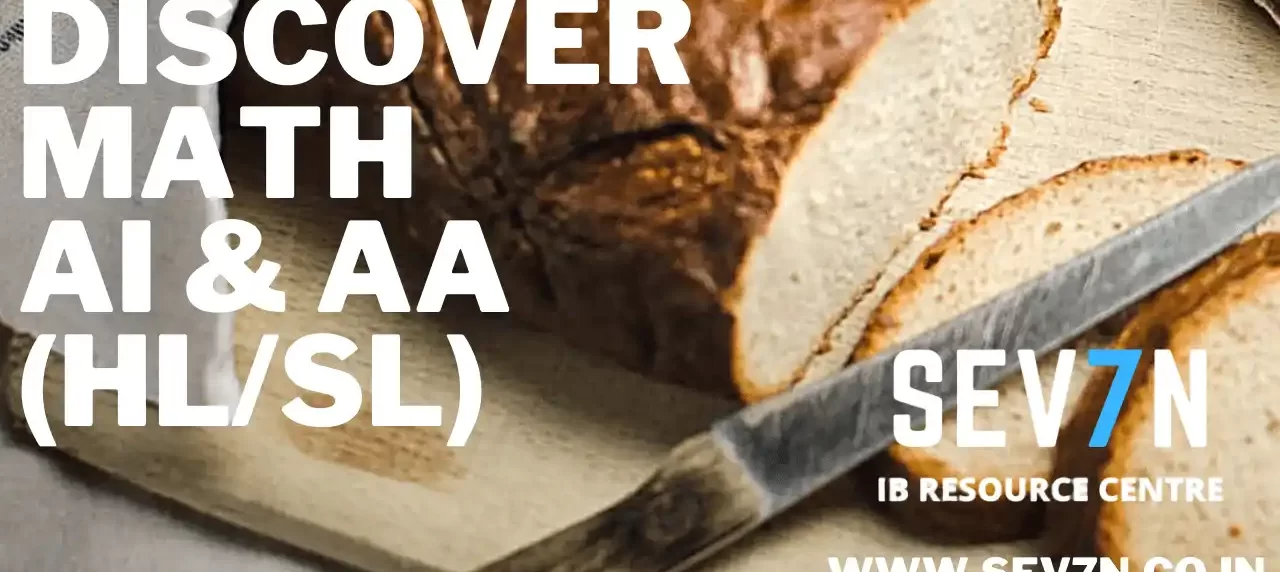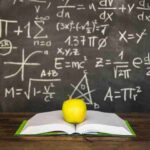Math AI Math AA
Discover IBDP Maths AI and AA HL/SL in 2021, new syllabus for which first exam is going to be held in May 2021 however due to IBDP exam cancellations, it wont happen. However, the new Math IB curriculum is published and students are excited to study several topics and ready to explore the difference between the two options.
Math AA (Mathematics: analysis and approaches) and Math AI (Mathematics: applications and interpretations)
5 Difference between math AI and AA
• Both Math AA and Math AI cover the same 5 topics within mathematics: number and algebra, functions, geometry and trigonometry, statics and probability, and calculus. While these are common topics what is different is the number of teaching hours
• Let’s consider the topic on Number and Algebra. While the focus of AA is on scientific notation, arithmetic and geometric sequences and series and their applications including financial applications, laws of logarithms and exponentials, solving exponential equations, simple proof, approximations and errors, binomial theorem, permutation and combination, partial fractions, complex numbers, proof by induction, contradiction and counter-example, solution of systems of linear equation.
The emphasis of AI is on scientific notation, arithmetic and geometric sequences and series and their applications including financial applications including loan repayments, simple treatment of logarithms and exponentials, simple proof, approximations and errors, laws of logarithms, complex numbers and their practical applications, matrices and their applications for solving systems of equations for geometric transformations, and their applications to probability.
5 Difference between math AI and AA
• Both Math AA and Math AI cover the same 5 topics within mathematics: number and algebra, functions, geometry and trigonometry, statics and probability, and calculus. While these are common topics what is different is the number of teaching hours
• Let’s consider the topic on Number and Algebra. While the focus of AA is on scientific notation, arithmetic and geometric sequences and series and their applications including financial applications, laws of logarithms and exponentials, solving exponential equations, simple proof, approximations and errors, binomial theorem, permutation and combination, partial fractions, complex numbers, proof by induction, contradiction and counter-example, solution of systems of linear equation.
The emphasis of AI is on scientific notation, arithmetic and geometric sequences and series and their applications including financial applications including loan repayments, simple treatment of logarithms and exponentials, simple proof, approximations and errors, laws of logarithms, complex numbers and their practical applications, matrices and their applications for solving systems of equations for geometric transformations, and their applications to probability.
• Another topic of high demand is Statistics and Probability. While the focus of AA is on collecting data and using sampling techniques, presenting data in graphical form, measures of central tendency and spread, correlation, regression, calculating probabilities, probability diagrams, normal distribution with standardization of variables, binomial distribution, Bayes Theorem, probability distributions, probability density functions, expectation algebra.
The focus of AI is on Collecting data and using sampling techniques, presenting data in graphical form, measures of central tendency and spread, correlation using Pearson’s product-moment and Spearman’s rank correlation coefficients, regression, calculating probabilities, probability diagrams, normal distribution, Chi-squared test for independence and goodness of fit, Binomial and Poisson distributions, designing data collection methods, tests for reliability and validity, hypothesis testing and confidence intervals.
• Math AA is more apt for students who aspire to take up Advanced Math or specialization in Physics, and Engineering. The focus of Math AA is on the core concepts of theoretical math keeping in mind the mathematical theories that build up a base for physical sciences and economics while opting for university programs.
Math AI is more preferred by the IB candidates who want to take up courses that integrate Math and Technology-exploring careers like Data Science, BlockChain Engineering, Supply Chain Management, Machine Learning Analyst, and a few more. These are future skills that are highly in demand and may be utterly among the most wanted careers in times to come. There are millions of data scientists jobs in demand as we say ‘Data is the next oil’. The study of bock chain involves a systematic and well-organized authentic data set which topics like statistics and probability include the integration of computer systems, algorithms, studying patterns in data through machines.
The rigorous use of statistical and mathematical modeling aim strategic planning, network distribution and predictive modeling that makes understanding and implementing supply chain management practices easy and approachable. Linear algebra, calculus and probably is the heart of machine learning study. It involves a systematic and coherent creation of algorithms which help in predicting a data set more precisely. Therefore, a machine learns from the data sets and then assists humans to make informed decisions based on learning from data and patterns established.
The application of Math AI in artificial intelligence is worth mentioning with an interconnection between linear algebra, multivariate differential calculus and probability poses challenges to mathematicians and data scientists in getting an answer to tedious problems. The integration of mathematics with technology help in understanding five core languages like python, LISP, prolog, C++ and Java which form the fundamental blocks of AI.
You may also like IBDP Math AI and AA HL/SL syllabus






